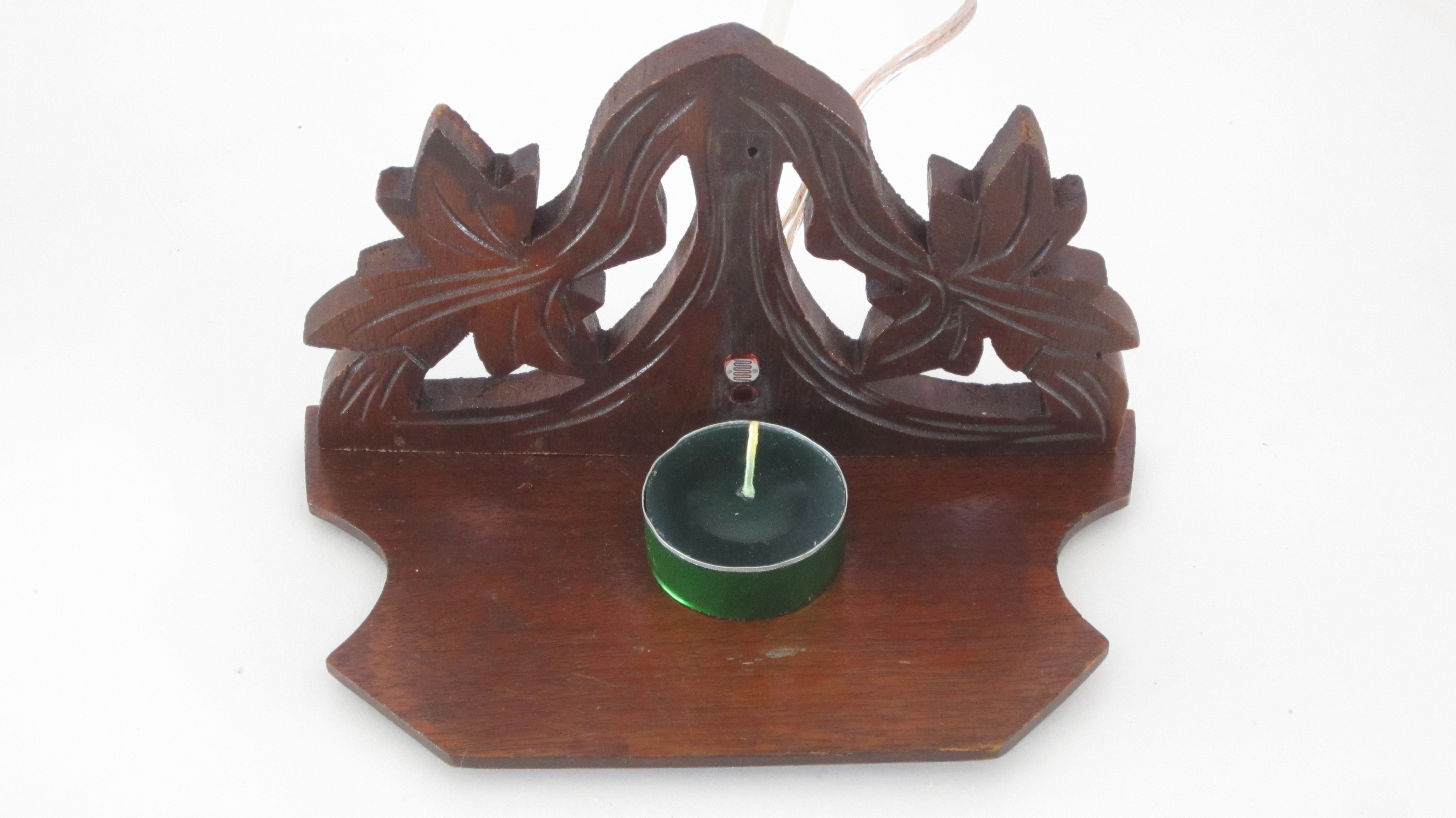You may be familiar with the useless machine. This is a machine whose only function is to turn itself off. When you flip the power switch to turn it on, an arm pops out of the box and turns the power switch back off.
I love the hilarious absurdity of this project, so I decided to make some “useless” devices of my own. In this project, I am going to share with you how to make a “Useless Candle.” Whenever you light this candle, it automatically blows itself out.
This is done with a simple light sensor and a small air pump. When the sensor detects the increased light from the candle being lit, it turns on an air pump. The air pump pushes air through a tube that is mounted to the candle holder and blows the candle out.


